Dit is een test.
Hopdg

It will not need
Said the Lady Rowena, breaking silence; “My voice shall be heard, if no other in this hall is raised in behalf of the absent Ivanhoe. I affirm he will meet fairly every honourable challenge.
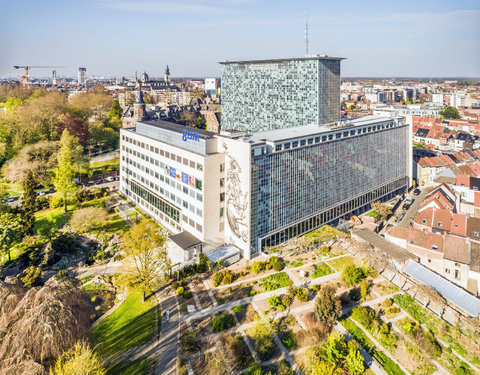
Could my weak warrant add security
To the inestimable pledge of this holy pilgrim, I would pledge name and fame that Ivanhoe gives this proud knight the meeting he desires.
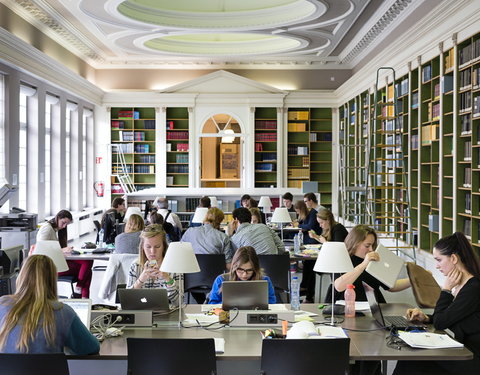
A crowd of conflicting
Emotions seemed to have occupied Cedric, and kept him silent during this discussion.
- Gratified pride,
- resentment,
- embarrassment, chased each other

Over his broad and open brow
Like the shadow of clouds drifting over a harvest-field; while his attendants, on whom the name of the sixth knight seemed to produce an effect almost electrical, hung in suspense upon their master’s looks.
dfgdfsg
sdfg
dsf

gsdf
g
sdfg
- Komkommer & munt yoghurtsaus (Griekse yoghurt + knoflook + citroen)
- Volkoren pita (50g, om te dippen)
- 1 kleine sinaasappel
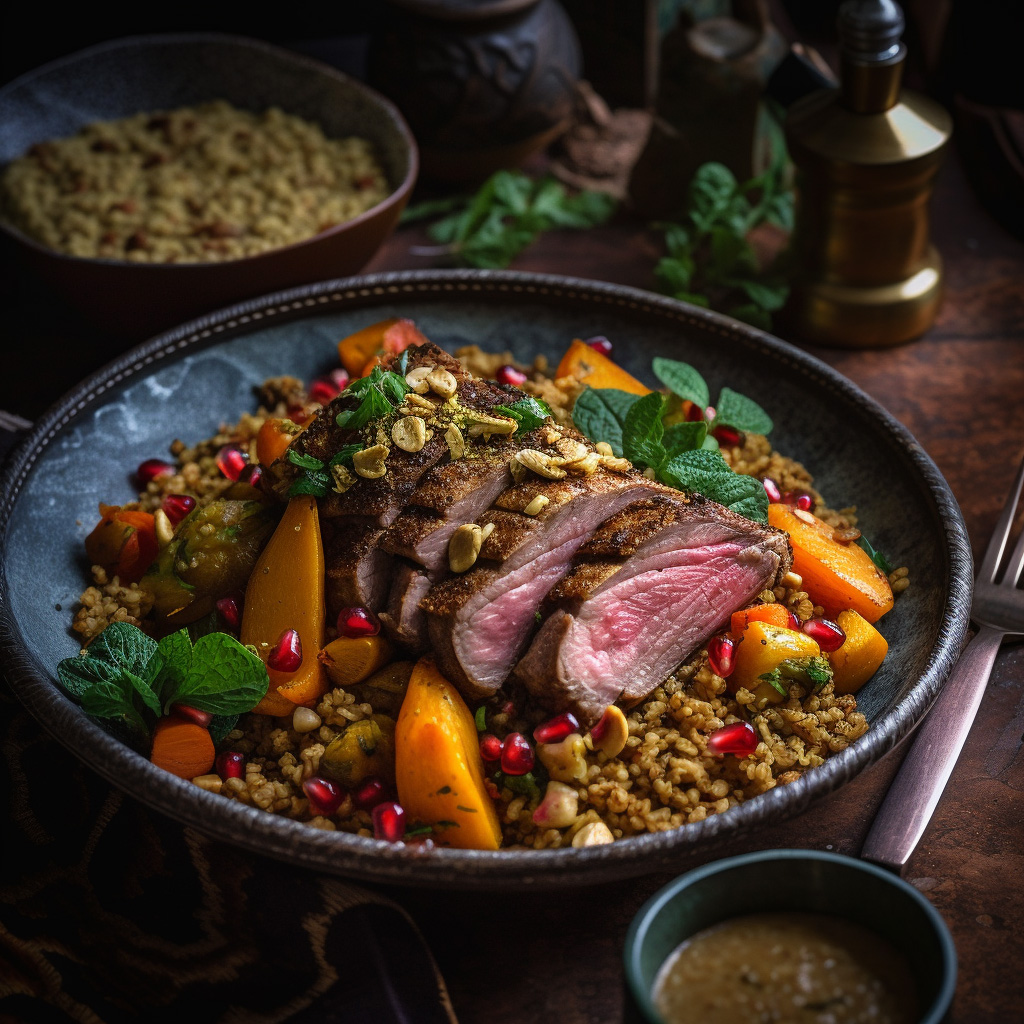
Dit is wat ik gemaakt heb en hoe:
- Lamsschouder een nacht gemarineerd.
Marinade: 4 gesnipperde tenen look, sap van een citroen, olijfolie, peper, zout, en een dikke soeplepel van een kruidenmengeling die ik ooit eens gemaakt heb en niet meer precies weet wat er in zit, maar ’t was zeker met kaneel en paprika en komijn en kardemon en nootmuskaat en dat lijkt genoeg op de ingrediënten van baharat vind ik (wegens geen baharat te vinden in onze kruidenkast of in de winkels in de buurt). - Lamsschouder uit de marinade gehaald, afgedept, en afgebakken in olijfolie; in dezelfde stoofpot een halve ajuin en een wortel gesmeten, de lamsschouder daarop gezet en kiekenbouillon bijgekapt.
Een kleine drie uur in een oven aan 150° gezet, en dan nog eens een kleine drie uur in een warmhoudoven van 90°. - Zaadlijst uit een halve komkommer gehaald, in kleine blokjes gesneden, en in een potje Griekse yoghurt gesmeten. Bladeren van een paar takken munt geciseleerd, sap van een citroen, peper, zout, piment d’espelette, knoflook er ook bijgesmeten. Geproefd, gemerkt dat het te zuur was, lepeltje suiker bijgedaan en in de frigo gezet.
- Wortelen en groene pepers in dikke repen gesneden, ingewreven met olijfolie en sumak, en in een oven van 200° gezet.
De wortels waren niet rap genoeg zacht naar mijn goesting; toen ze er eigenlijk al goed uitzagen wegens gekarameliseerd aan de buitenkant maar nog niet klaar, heb ik ze een paar minuten in de microgolf gesmeten en dan weer in de ovenschotel. - Basmatirijst (wegens gebrek aan freekeh) gekookt in kiekenbouillon met een kaneelstok en komijn.
- Amandelschilfers beetje geroosterd.
- Palestijns brood opgewarmd in de oven.
- Rijst in een diep bord, groenten erbij, vlees erop, beetje saus va
Parrots are unique when it comes to color: with their yellow and red feathers, they are among the most colorful animals in the world. Despite their flashy appearance, scientists have long struggled to understand how parrots got their unique color palette.

Unique pigments
How do parrots get their color? To answer this question, scientists first showed that the yellow and red pigments in parrot feathers do not occur in other birds. The scientists themselves found this hard to believe at first, but the genetic tests proved true: the pigments in parrot feathers are unique.
One protein turns red feathers yellow
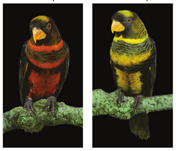
The scientists then did further research on White-backed Lorikeets, orange-yellow birds native to Papua New Guinea. They discovered that only one protein controls the color difference in White-backed Lorikeets.
Oddly enough, this is the same protein that is responsible for breaking down alcohol in the liver in humans. Parrots "borrow" this detox protein and use it to turn their red feathers yellow. The more active this protein is, the less intense the red color becomes.
Yeast with parrot colors
To prove the protein's effectiveness, the scientists studied an even more well-known parrot: the budgerigar. They showed how budgerigars use the detox protein to switch certain genes on or off, thereby controlling the color of their feathers.
The final confirmation came when the scientists genetically modified yeast with the 'parrot color gene': " It was incredible to see how our modified yeast got parrot colors ". This was the ultimate proof: one gene is enough to explain how parrots regulate the amount of yellow and red in their feathers.
More information
This research was made possible by a collaboration between Ghent University, BIOPOLIS-CIBIO, Charles University in Prague, the University of Coimbra and Washington University in St. Louis.
Read the full article in Science
Contact
Michael Nicolaï
0477592886
Ashby-de-la-Zouch, England - October 22, 1194 - A grand tournament was held at Ashby-de-la-Zouch, attracting knights, nobles, and commoners from across the realm. Hosted by the noble Prince John, the event sought to display chivalric valor and knightly skill, with the finest lances in England poised to vie for glory.
The festivities commenced with a parade of armored knights, resplendent in their colors, accompanied by their squires and heralds. Among the participants, the enigmatic "Disinherited Knight" quickly seized attention. Clad in plain armor and refusing to lift his visor, he stunned spectators by triumphing over some of the most formidable contenders, including the haughty Sir Brian de Bois-Guilbert of the Knights Templar.
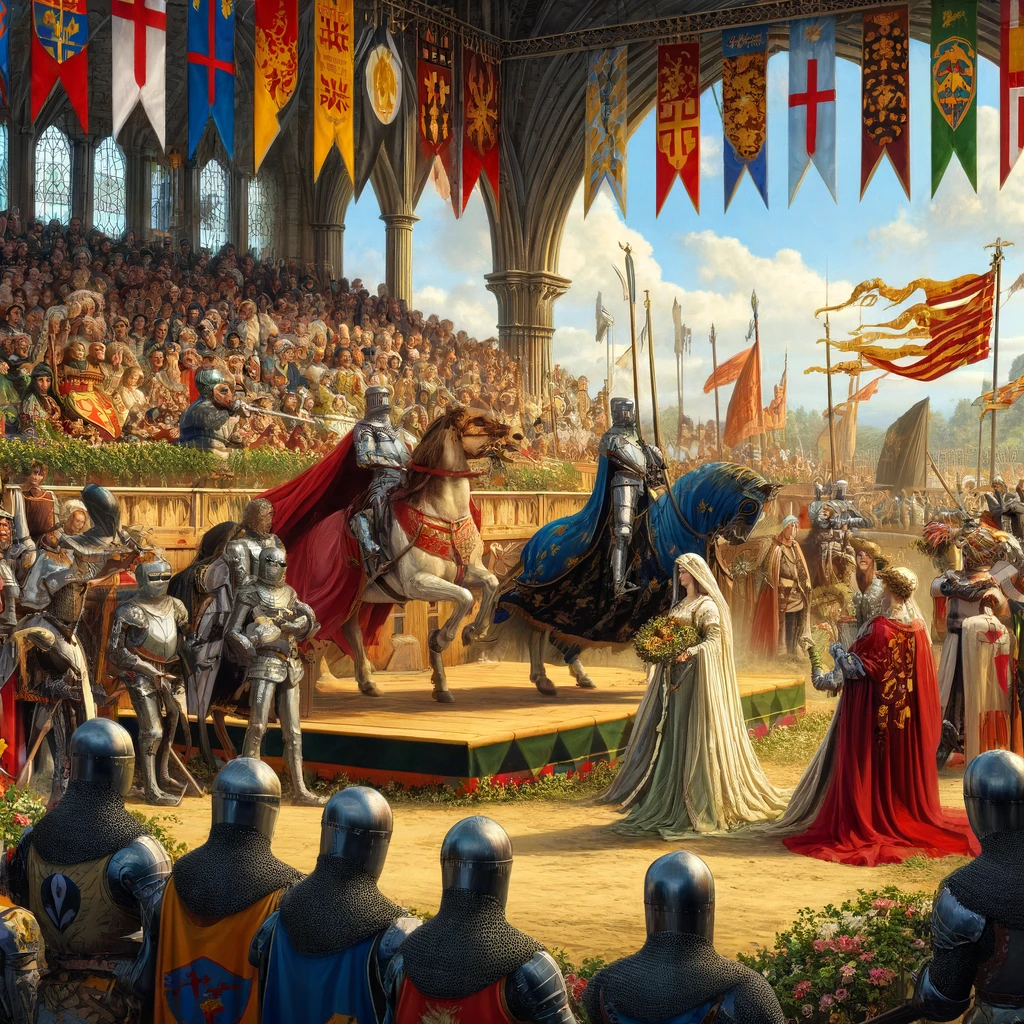
The tournament culminated in a moment of great drama, as the Disinherited Knight, having unhorsed his foes, was called upon to name the Queen of Love and Beauty. To the astonishment of many, he chose the Lady Rowena, famed for her grace and beauty, marking a bold and surprising declaration that has set tongues wagging across the land.
However, the spectacle was marred by darker undertones. Whispers of political intrigue and brewing tensions among Prince John's retinue cast a shadow over the celebration. Prince John's ambitions, evident in his hosting of this event, raised suspicions that he seeks to strengthen his claim to the throne. Observers noted the lack of support for King Richard, raising questions about loyalty and the stability of the realm.
As the sun sets on Ashby-de-la-Zouch, the legacy of the tournament lingers—of knights' valor, secret identities, and the shadow of power. The Disinherited Knight, victorious and mysterious, has left the field but not the memory of his prowess. What lies ahead for these champions of chivalry? The realm waits with bated breath.
### ENDS ###
For further information, please contact: Herald of the Ashby Tournament Office Ye Olde Tournament Pavilion, Ashby-de-la-Zouch Contact: (011) 94-ASHBY-KNIGHTS

As was testified by his long grey beard, and the shaggy grey eyebrows overhanging eyes, of which, however, years had been unable to quench the fire. A formidable warrior, his thin and severe features retained the soldier’s fierceness of expression; an ascetic bigot, they were no less marked by the emaciation of abstinence, and the spiritual pride of the self-satisfied devotee. Yet with these severer traits of physiognomy, there was mixed somewhat striking and noble, arising, doubtless, from the great part which his high office called upon him to act among monarchs and princes, and from the habitual exercise of supreme authority over the valiant and high-born knights, who were united by the rules of the Order. His stature was tall, and his gait, undepressed by age and toil, was erect and stately. His white mantle was shaped with severe regularity, according to the rule of Saint Bernard himself, being composed of what was then called Burrel cloth, exactly fitted to the size of the wearer, and bearing on the left shoulder the octangular cross peculiar to the Order, formed of red cloth. No vair or ermine decked this garment; but in respect of his age, the Grand Master, as permitted by the rules, wore his doublet lined and trimmed with the softest lambskin, dressed with the wool outwards, which was the nearest approach he could regularly make to the use of fur, then the greatest luxury of dress. In his hand he bore that singular “abacus”, or staff of office, with which Templars are usually represented, having at the upper end a round plate, on which was engraved the cross of the Order, inscribed within a circle or orle, as heralds term it. His companion, who attended on this great personage, had nearly the same dress in all respects, but his extreme deference towards his Superior showed that no other equality subsisted between them. The Preceptor, for such he was in rank, walked not in a line with the Grand Master, but just so far behind that Beaumanoir could speak to him without turning round his head.
“Conrade,” said the Grand Master, “dear companion of my battles and my toils, to thy faithful bosom alone I can confide my sorrows. To thee alone can I tell how oft, since I came to this kingdom, I have desired to be dissolved and to be with the just. Not one object in England hath met mine eye which it could rest upon with pleasure, save the tombs of our brethren, beneath the massive roof of our Temple Church in yonder proud capital. O, valiant Robert de Ros! did I exclaim internally, as I gazed upon these good soldiers of the cross, where they lie sculptured on their sepulchres,—O, worthy William de Mareschal! open your marble cells, and take to your repose a weary brother, who would rather strive with a hundred thousand pagans than witness the decay of our Holy Order!”
“It is but true,” answered Conrade Mont-Fitchet; “it is but too true; and the irregularities of our brethren in England are even more gross than those in France.”